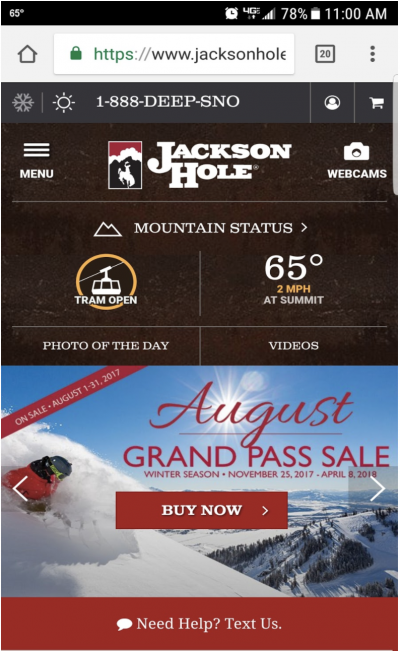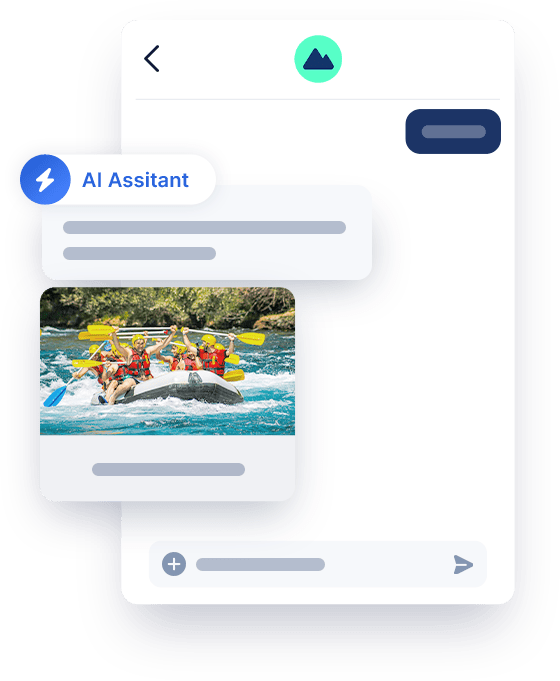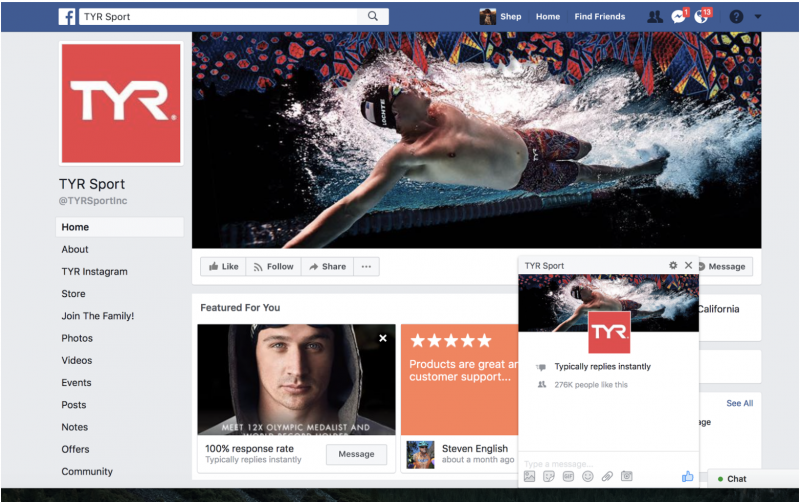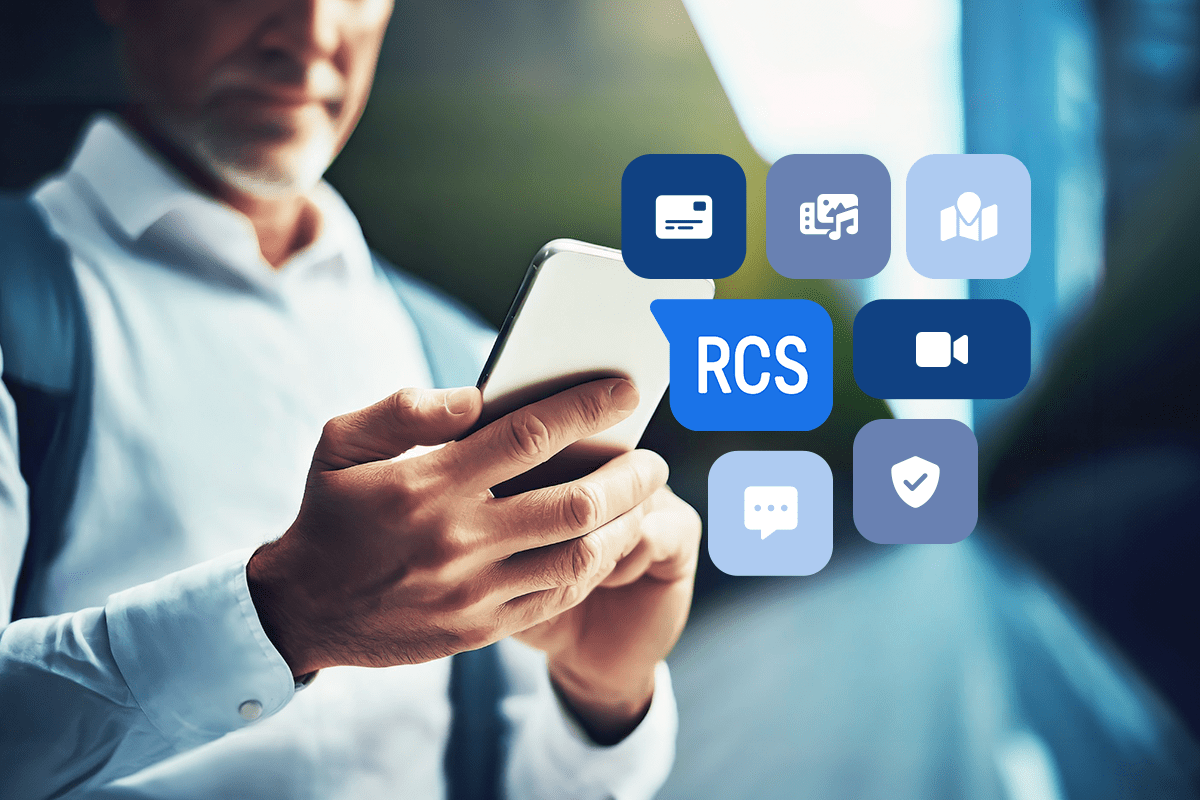How to Successfully Launch Web Chat and Messaging

For more than 100 years, the telephone was the only channel for reaching a company to get help with questions, submit issues, or give the rare compliment. Today, consumers can choose from a plethora of channels or methods to reach a company. Seemingly new channels emerge every few months, keeping brands on their toes.
The newest channels being adopted by companies are SMS/text messaging, Web Chat, and “interactive” Facebook Messenger. These digital engagement channels are quickly replacing the phone and email as the primary form of interaction with companies. Companies are adopting business messaging as a means to keep up with competition and meet consumer expectations.
Business Messaging Goes Mainstream
There are a growing number of platforms vying for consumer attention, there are three major digital engagement channels that dominate the market with herculean strength: 1) Web Chat, 2) SMS/text messaging, and 3) Facebook Messenger.
Here are a few of the nuances of SMS, Web Chat, and Facebook Messenger that make an implementation with best practices so important:
Web Chat
Web Chat is the optimal digital engagement channel for those engaging with a brand via a desktop computer. According to Websitebuilder.org 51% of consumers are more likely to purchase from a website that has integrated chat. Even if the consumer never uses it at least 29% of all visitors are more likely to purchase when the option of live chat is available. The site also states that sites with integrated chat can also expect to see an increase in retention by 48%.
Let’s look at the two ways Web Chat is used: Reactive and Proactive Chat.
Reactive Chat (Chat initiated by the Customer)
Consumers come to your website to see what you have to offer and then purchase it. Reactive chat is simply having a chat button omnipresent on your site for customers to engage if and when they have a question or need help initiate the session, so ensure the chat icon is prominent enough to be noticed by considering design elements such as shape, size, and color are essential.
Reactive Chat Best Practices:
- The chat icon appears on the lower right-hand corner of every sales or service-oriented page and on all steps of the shopping cart process
- Tailor the colors and text of the chat window to represent your brand voice
- The chat icon should only appear when an agent or salesperson is available
- Keep the pre-chat form limited to a minimum of fields for the consumer to complete. With each question, abandonment can increase by 45%.
Proactive Chat (Chat Invitation Initiated by the Brand)
Proactive Chat means that based on some predetermined criteria, you can decide when to “pop” up a chat box with an offer to help. Proactive Chat allows you to set up rules such as initiating a chat session after a predetermined amount of time the consumer has been on your site or when a visitor lands on specific pages. A proactive approach to chat invitations will dramatically increase both digital engagement and conversion rates.
Proactive Chat best practices:
- Invite at least 20% of customers engaged in digital sales or service processes
- Upon issuing a proactive invitation, engagement rates increase to approximately 4X
- Eliminate the pre-chat form or keep it the absolute minimum for CRM integration
- Leverage java script on your site to trigger an invitation at a critical “moment of truth” in the sales or service processes.
SMS/Text Messaging
 While SMS or text messaging friends and family is old hat, customers do not typically expect to exchange SMS messages with you for sales or service. Consumers are not trained to engage with a brand via SMS and need to be encouraged and directed. Since messaging receives the highest sales conversion and call deflection possible, SMS engagement should be promoted on all mobile optimized pages.
While SMS or text messaging friends and family is old hat, customers do not typically expect to exchange SMS messages with you for sales or service. Consumers are not trained to engage with a brand via SMS and need to be encouraged and directed. Since messaging receives the highest sales conversion and call deflection possible, SMS engagement should be promoted on all mobile optimized pages.
Follow these best practices for SMS messaging for business:
- Prominently place or “Text Us” in the header and footer of the mobile website
- Place an anchored “Message Us” banner on the mobile site as a large touch target to encourage users to text instead of call
- Include a clear call-to-action on the “Contact Us” page
- Partner with Marketing to spread the word to consumers about your company’s new texting capabilities
Facebook Messenger
The average Facebook user in the US spends 35 minutes per day on the app. Brands are leveraging this channel for customer engagement and are starting to invite customers to use Facebook Messenger to engage directly.
There are 2 billion messages exchanged between users and businesses on Facebook Messenger already. This is just one of the reasons 67% of companies believe social customer service is the most pressing short-term priority for the contact center.
Facebook Messenger best practices:
- Turn messaging on for your Facebook page. You can find instructions on Facebook’s Help Center.
- Enable “Click to Message” ads to send current or potential customers into a Messenger conversation. There is no better time to engage a potential customer about a product than when they are viewing an ad and are excited about your product.
- Invite Facebook visitors to initiate a conversation with you from your Facebook page, ads, and app across other media channels such as your website.
- Place the “Message Us” call-to-action within copy on Facebook ads and your company page to encourage visitors to message your company directly. Remember, this is new to them and they may not know that companies can be messaged just like their family and friends.
What to Expect After You Launch Web Chat and Business Messaging
After you launch web chat and business messaging, be sure to track and measure results. Quiq uses a powerful dashboard of the most important stats to allow managers to keep a pulse of the performance metrics that matter most to your business.
Once you launch web chat and messaging for your organization, you’ll start to see efficiencies within the departments where these tools are deployed. Efficiencies such as lower support costs, higher deflection of calls to messaging, and an increase in case resolutions per agent are not uncommon for many of Quiq clients who implement web chat and messaging within their customer service organization.
When web chat and messaging are deployed for sales enablement, Quiq clients have seen an increase in leads and the ability to accelerate the sales cycle. These efficiencies can be attributed to more streamlined communications between your organization and your customers and the ability to gather customer intelligence in real-time.
If you’re ready to implement web chat and business messaging for pre-sales or post-sales customer interactions with your organization, contact Quiq today. Quiq Messaging is helping companies like evo, Gogo, Office Depot, Overstock, and TSheets improve their digital engagement with consumers via web chat and business messaging.
About Quiq
Quiq makes it easy for customers to contact a business via Messaging, the preferred channel already in use with our friends and family. With Quiq, customers can now engage with companies via SMS/text messaging, Facebook Messenger, Web Chat, In-App,and Kik for help with their pre-sales and post-sales questions. Learn more about Quiq today at quiq.com.






